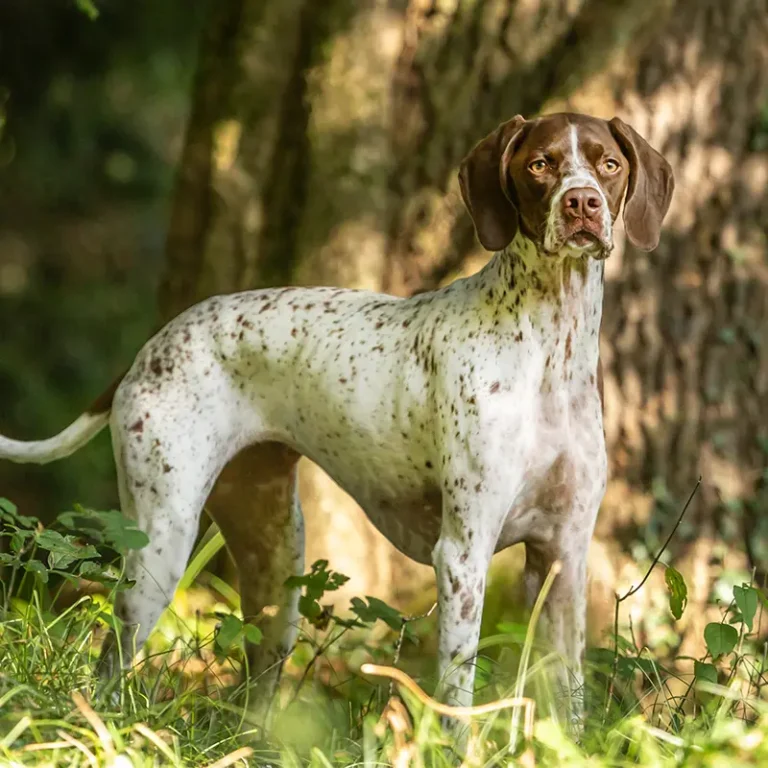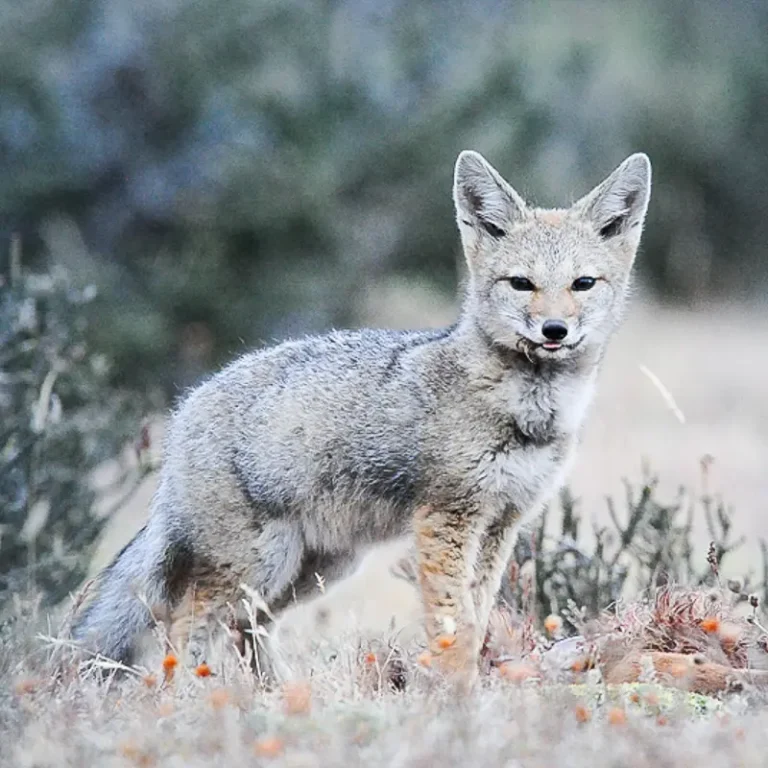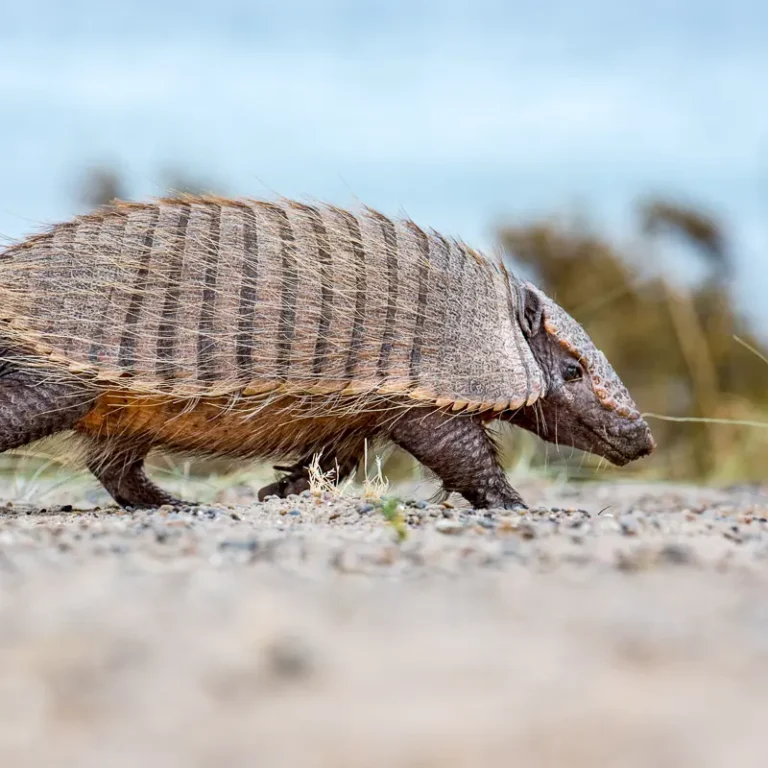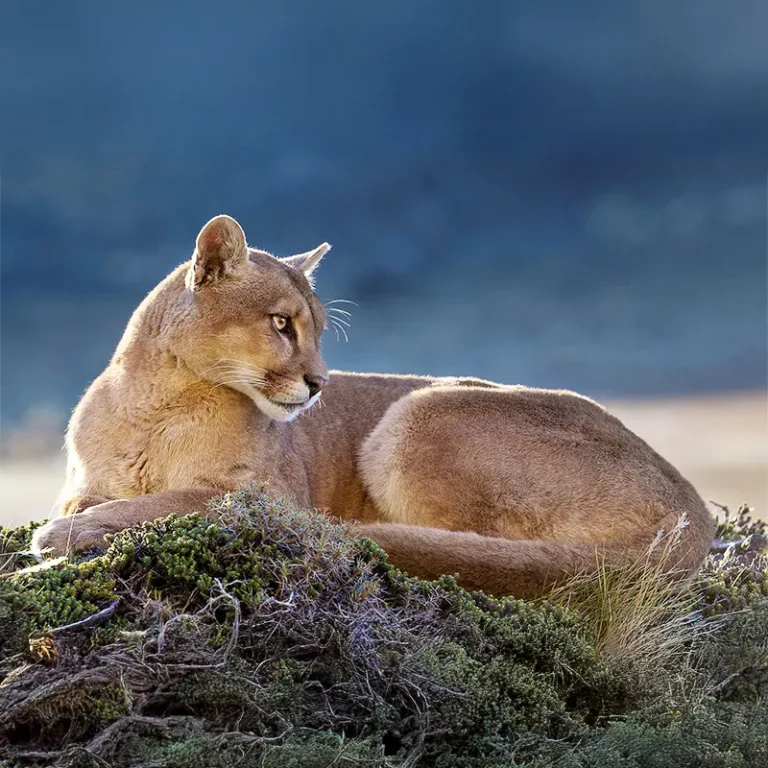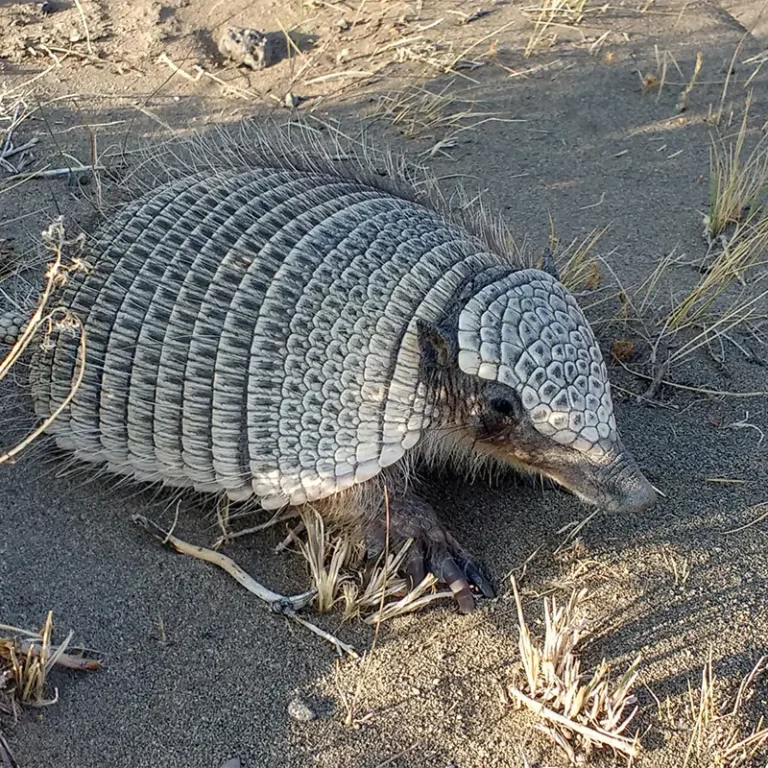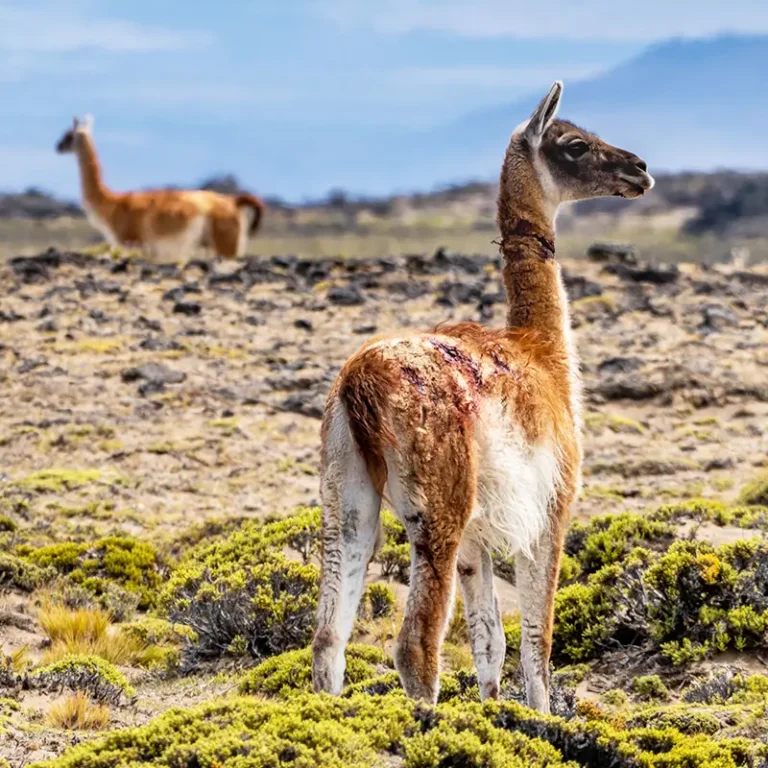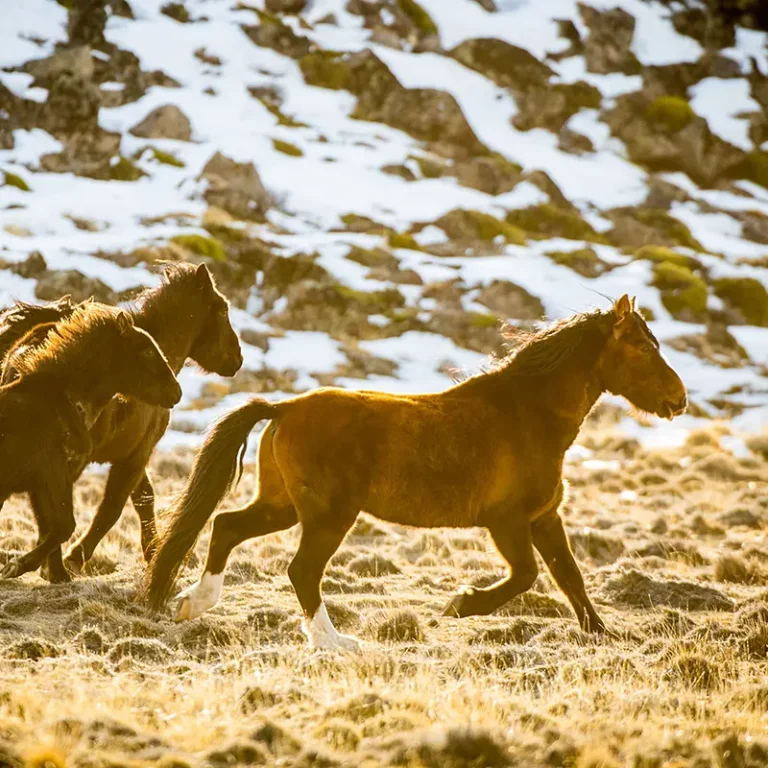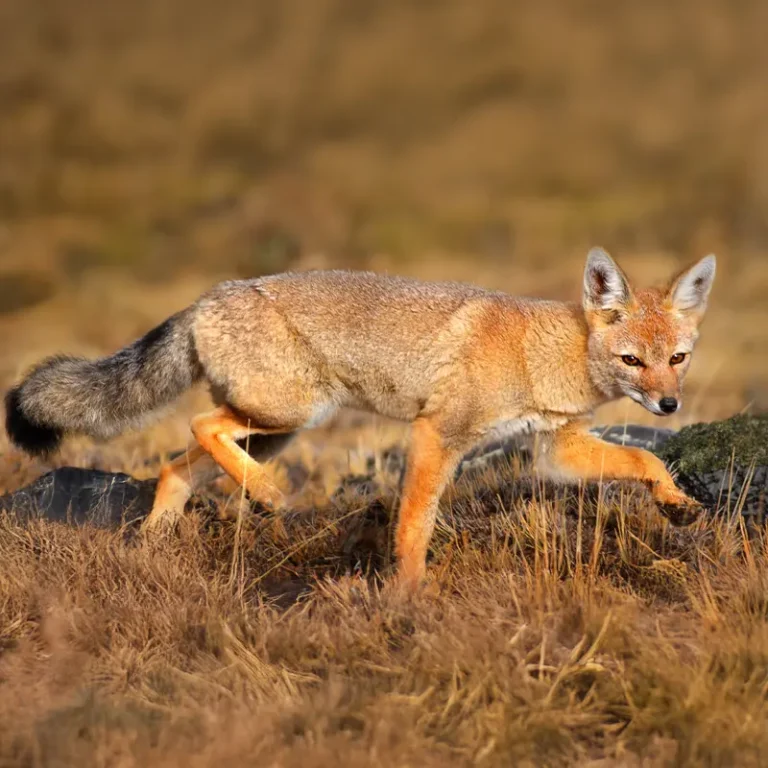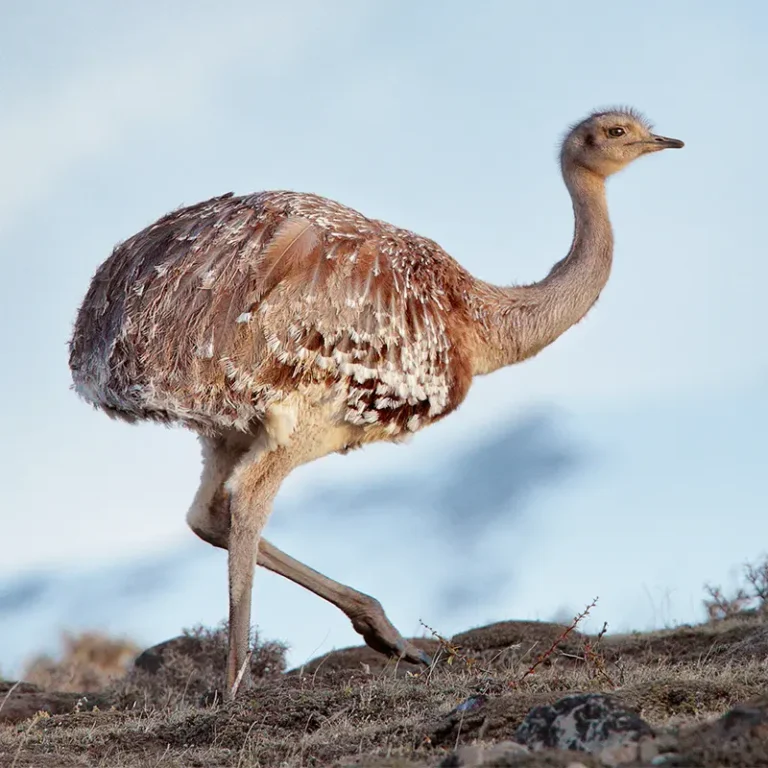Human-Animal Conflict Program
Context, objectives, and actions
Human-animal conflicts are a major issue of current interest for groups interested in nature conservation. This interest is not accidental, since due to productive – and urban – advancement or, simply, due to the continuity of traditional production strategies without adapting to the environmental situation, situations of impact on local fauna are increasingly exposed. In addition, these situations are becoming increasingly relevant in a context of biodiversity extinction crisis. In Patagonia, the main conflicts are framed in livestock production and the presence of still healthy populations of large herbivore species, such as guanacos and Lesser Rhea, and their predators, such as cougars and foxes. But there are also problems of urban origin such as domestic dogs and cats, both in feral populations and in those still domestic, but which roam freely, which impact populations of birds and small wild mammals. The objective of our work is to address them with broad criteria, to generate answers to the problems and propose strategies that mainly benefit the fauna, but without ignoring the social problems and needs. We work on developing strategies to minimize the impact of predators on livestock production, as is the case with livestock guardian dogs.
We generate information on the biology and populations of conflict species, to generate important resources to improve management strategies. We work together with the authorities in developing long-term management programs.

